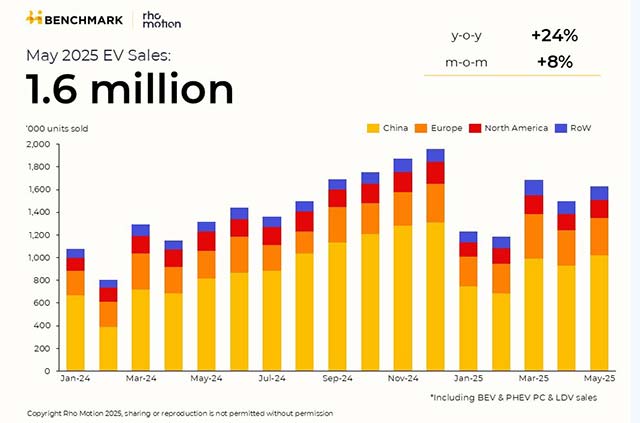A Time to Pivot: Four Ways US M&A Leaders Are Adapting to 2025 Conditions
In an era of geopolitical change coupled with potential economic and regulatory policy shifts, the mergers and acquisitions landscape is set to be particularly challenging for the foreseeable future while also providing new opportunities. And according to our research, adaptability and agility in responding to these challenges are no longer just a nice-to-have skills for […]

Adam Reilly is a National Managing Partner, and Barry Winer is a Head of Research at Deloitte LLP. This post is based on their Deloitte memorandum.
In an era of geopolitical change coupled with potential economic and regulatory policy shifts, the mergers and acquisitions landscape is set to be particularly challenging for the foreseeable future while also providing new opportunities. And according to our research, adaptability and agility in responding to these challenges are no longer just a nice-to-have skills for M&A leaders. They’re becoming core competencies and the “new normal.”
Deloitte surveyed 1,500 US-based corporate and private equity professionals in late 2024 to gauge their expectations for M&A activity in the following 12 months and learn more about their experiences with recent transactions (see methodology). Our research revealed four key pivots that leading M&A teams are using to capture value amid current risks and uncertainties.
The strategic pivot: Looking beyond traditional M&A
While M&A leaders are gearing up for future deals, our survey shows they’re also keeping their options open with strategic alternatives as a hedge, such as joint ventures, alliances, and initial public offerings as well as divestitures. Surveyed leaders say they’re currently pursuing alternative deals at a rate almost equal to traditional M&A. That marks a 42% increase in alternative M&A transactions between 2022 and 2024, indicating that organizations may be seeking more flexible and collaborative growth options (figure 1).














































































































































